
Updated Photo Management App Peakto Uses AI to Help Photographers
Cyme, creator of the AI-powered photo management software, Peakto, has released Peakto 2.0, a significant update with many powerful new features.

Cyme, creator of the AI-powered photo management software, Peakto, has released Peakto 2.0, a significant update with many powerful new features.

Photo management software Excire Foto has been updated to Excire Foto 2024, bringing significantly improved AI-powered photo filtering, culling, and organizing tools to photographers.

Darktable, an open-source answer to Adobe Lightroom, has announced a major update to version 4.0 which adds a massive list of changes, new features, and bug fixes including new color science tools and a totally new user interface.
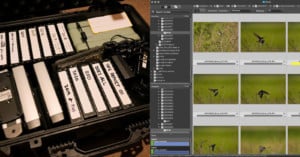
I recently heard a photographer say he’d spent 17 hours going through 10,000 images, deciding which ones were worth saving. My first thought was, “I hope he’s retired.” My second thought, though, was that he badly needed a lesson on speeding up his workflow. Which led me to write this guide on how to turbocharge your photography workflow.
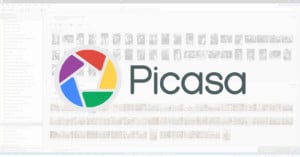
Google’s Picasa was first released in 2002 as a quick way to catalog and edit your photos en masse. In 2015, Google released its last update and has since replaced it with the now ubiquitous Google Photos.

A day after Adobe announced the new Lightroom CC and Lightroom Classic CC, Macphun began teasing the fact that it's currently building a competitor to Lightroom. It'll be a photo manager that'll work with both hard drives and the cloud. The short video above is a sneak peek.
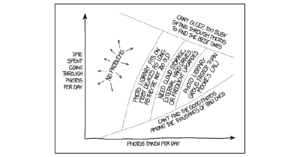
The photo organization struggle is real. Whether you're a professional photographer shooting thousands of photos per client, or a hobbyist who can't resist grabbing your phone for every sunset, today's xkcd comic captures your photo organization struggles beautifully.

Ricoh wants to play with the big boys. In a surprising move for the company, Ricoh today unveiled Keenai (get it, "keen eye" but with AI?), an intelligent photo storage and management service that wants to bring all of your digital photos under one easy-to-organize umbrella.

After a trip or event, sifting through all the photos you've taken and selecting just the best ones can be a daunting task. To make the process a bit easier, Google Photos today announced a feature that can put together albums for you.

If you're one of those who's unhappy about the redesigned Lightroom Import tool that appeared in the latest update, there's some great news for you today: Adobe has heard your cries, and now the company says that it will restore the previous import experience.
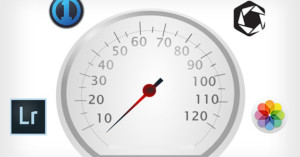
Adobe has already apologized for fumbling its latest Lightroom update, which was riddled with bugs and missing features. Now there's a new story that's putting a stain on Adobe's image: a new test has found that the latest Lightroom is about 600% slower than its competitors.
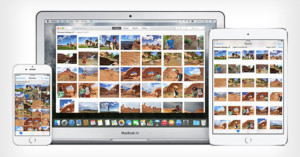
After months of teasing and beta testing, Apple has just officially launched …
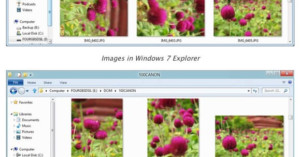
The Microsoft team tasked with building Windows 8 has published a blog post with various user suggestions they've decided to implement in the OS. A big thing they're focusing on is file management -- something that isn't usually touted as a "feature" but is important in day-to-day computer usage. One useful improvement is having the OS read the EXIF data in JPEG photos to automatically present the correct orientation.